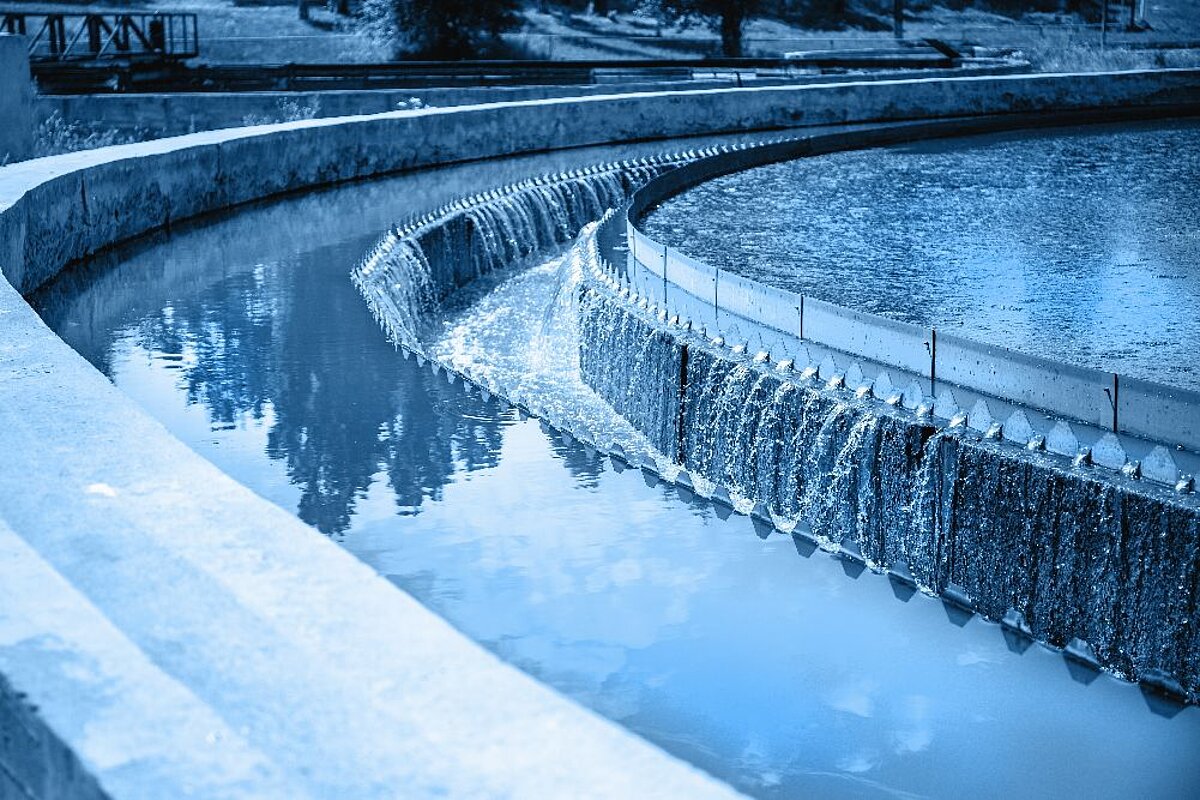Flushing tilt overflow basin

Task / Calculation
Stormwater overflow basins are filled about 50 times a year. After each filling, the settled sludge must be removed again as soon as possible to prevent it from rotting. The initial hope that self-cleaning stormwater basins could be constructed has not been fulfilled.
On the contrary, heavy sludge deposits in a stormwater overflow basin indicate that it is working effectively. Thus, the sludge deposited in the stormwater basin certainly did not enter the water body.

Results
A very effective way of automatic basin cleaning is energetic rinsing with the help of rinsing tilts after the basin has run empty. The advantage of cleaning the basin after it has drained is that there is little risk of dirt escaping from spillways further downstream, as the rain has long since subsided. The advantage of flush dumps is that they require little flushing water and almost no energy. Only the discharge height is critical.
The water flow from the flushing tipping bucket in the basin was simulated as a two-dimensional model. The simulation was transient with a "free-surface model" that takes both fluid phases (water and ambient air) into account.